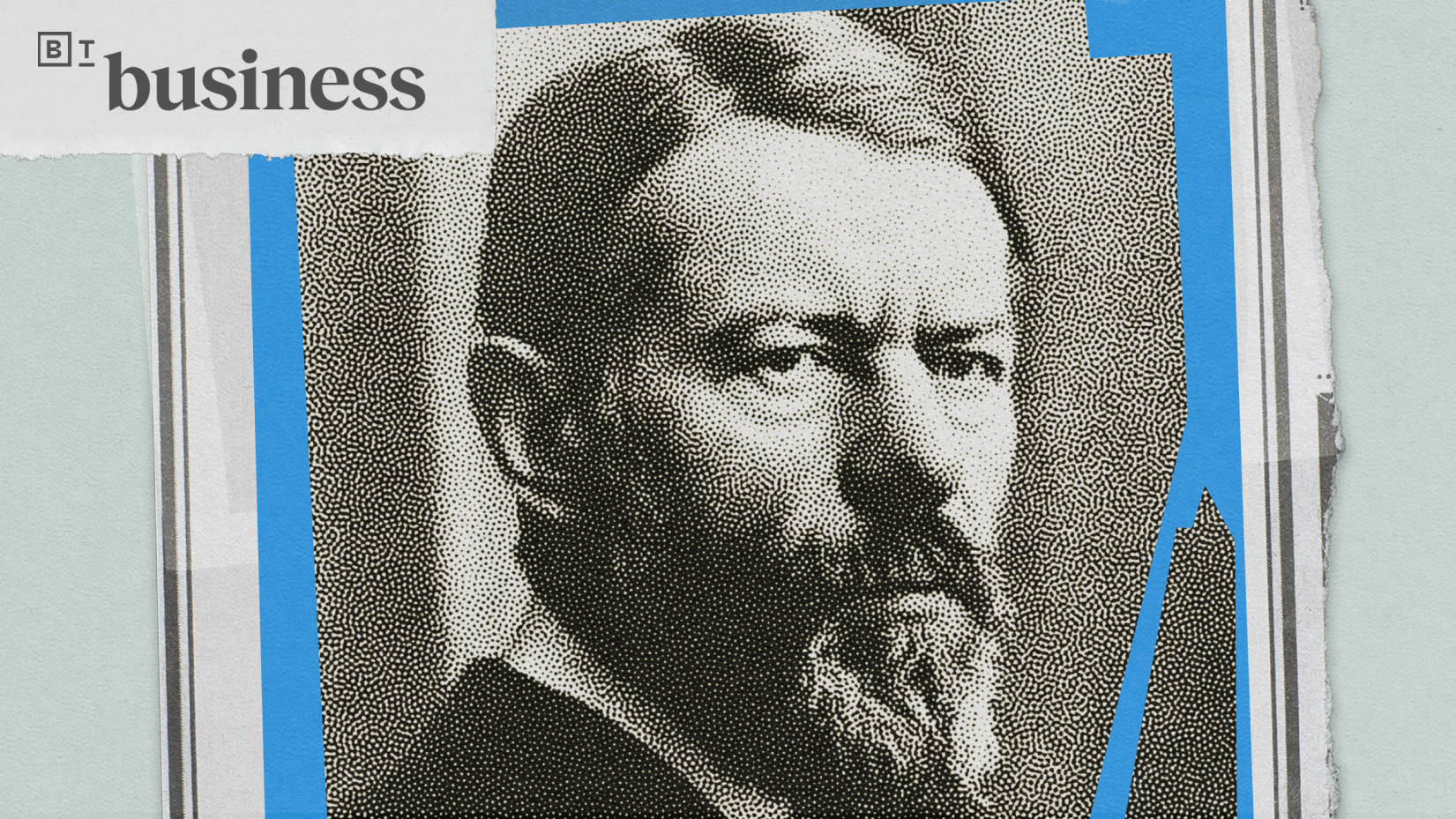3 innovative models that can make the workplace more humane

Credit: You X Ventures on Unsplash
- People love freedom but spend most of their day in a place where they are devoid of power, at work.
- There are a variety of ways to organize an enterprise that give workers influence over the workplace.
- Studies have found time and again that giving workers dignity, influence, and decent conditions pays off.
People spend about half of their waking hours at work. Many people define themselves by what they do or are at least sure to include their occupation in the first few sentences when introducing themselves. While few of us would say we like work, none of us can deny the importance it has in our lives and the meaning that it gives many people.
Yet, somehow, the same work that can and should give us meaning can be dehumanizing. Philosopher and Big Think Expert Noam Chomsky makes a stark comparison between the modern workplace and the most oppressive totalitarian regimes. He dubs them:
“. . . more brutal and destructive than a totalitarian state. If you live in a totalitarian state, they don’t tell you you’re not allowed to the bathroom, okay? Or you can’t talk to this person, or you have to wear this kind of clothes and so on. That’s where people spend their working lives, living under totalitarian rule in which you may admire what they do, but you despise what they are.”
Combine this with broadly defined insubordination clauses and random drug tests, and you may notice that many workplaces also have control over what you say at work and what you do in your own time.
Somehow, it has become common to suppose that for a small amount of money we are to be expected to leave our humanity by the door when we go into the office. That we should do precisely as we are told no questions asked, no matter how goofy the manger’s orders are, or find ourselves on the street.
This is anathematic to the idea of the individual as dignified being, worthy of respect and autonomy.
It doesn’t have to be this way. A variety of systems for giving workers more control over their workplace and a stronger feeling of ownership and autonomy exist, which make the workplace both more humane and more effective. Today, we’ll look at three such models.
Dehumanization has been trending for decades. Here’s how.
The first plan that we’ll look at is one created in the United States to make enterprises run better. It does this by reminding higher-ups that workers know what they’re doing and are likely to have great ideas if you just ask.
Invented by Joseph N. Scanlon during the Great Depression to save a failing steel mill, the Scanlon Plan worked so well that it spread to organizations all over the country and was widely used during WWII. Its popularity has since faded, but it can still be found in many places.
In short, the plan is a gainsharing system where employees are encouraged to make suggestions that will improve their workplace to an elected committee who review them for applicability. The good ideas are then passed on to higher management. The approved ideas are implemented company-wide. Any resultant gains in sales or productivity from these suggestions are translated to increased wages or salaries according to a pre-determined scale.
This system directly rewards employees for working to improve their productivity, encourages participation, and provides a real and workable method for suggestions to implemented in, giving a stronger sense of employee ownership. Most importantly, the system recognizes that while people want a bigger piece of the pie, they are also motivated by things such as the change to be in control of their work environment and pride.
Studies have shown the Scanlon plan to be very effective at what it sets out to do. While the program is often associated with mills and factories, it also works very well in retail environments; one recent study showed considerable increases in sales after the implementation of Scanlon systems.
The plan has also received praise from executives. The former CEO of Herman Miller Richard Ruch praised it by saying:
“It is a method to allow all the people in the company, the employees in particular, to join together in achieving the company’s objectives, through cooperation with each other, and through the opportunity to share a productivity bonus, and to really become accountable and responsible for their work.”
Corporate responsibility? Don’t make me laugh.
Another system for improving both the humanity and effectiveness of a workplace that we’ve considered before is co-determination.
Developed to its greatest extent in Germany, co-determination is the practice of giving workers a vote on the executive boards of corporations through elected representatives. Unlike the Scanlon plan, which provides workers with a voice and increased investment but little actual power, this system gives at least some measure of control of a business to the workers. This has caused the system to get a great deal of attention lately.
Despite fears that co-determination would lead to the collapse of the German economy, it has instead helped it to flourish. A myriad of studies suggests that it increases productivity, lowers turnover, and improves information flow.
Importantly, it also provides workers with a real voice and power in the operation of their workplace. This is associated with increased motivation, which likely leads to the benefits mentioned above.
How less professionalism will get you ahead in the workplace of the …
Another system that takes these ideas even further is workplace democracy in the form of cooperatives. When done by the workers these are known as worker-cooperatives. In such an enterprise, the workers are both owners and employees. Business operations are carried out democratically, and profits shared according to what the workers think is just. Before you start thinking that only small operations could run like this, consider that the Mondragon Corporation in Spain is a cooperative with 75,000 members that brings in €10 billion a year.
Studies suggest that worker cooperatives also enjoy higher productivity than other firms, have lower rates of failure, and leads to higher employee satisfaction.
A variety of other experiments and studies agree and show that treating people like, well, people is good for business.
One recent attempt at a four-day week by Microsoft Japan lead to significant productivity gains and less time wasted in meetings. Another from a couple of years ago in a Swedish nursing home showed similar productivity improvements and improved customer service with a six-hour day. Last year, a New Zealand firm introduced a four day week without a cut in pay as an experiment and saw such tremendous gains form it that it made the change permanent.
In all of these cases, the well-rested employees were much happier and reported improved work-life balances. These also aren’t the only companies to have toyed with the idea either.
As it turns out, people do well when treated like people. While not all work can be made fun, and some drudgery must be expected, there is no fundamental reason why we have to leave our humanity on the door when we step into the office. Even if we cannot radically change the nature of work by the end of the week, these studies demonstrate that a more humane way of running a workplace is possible.





